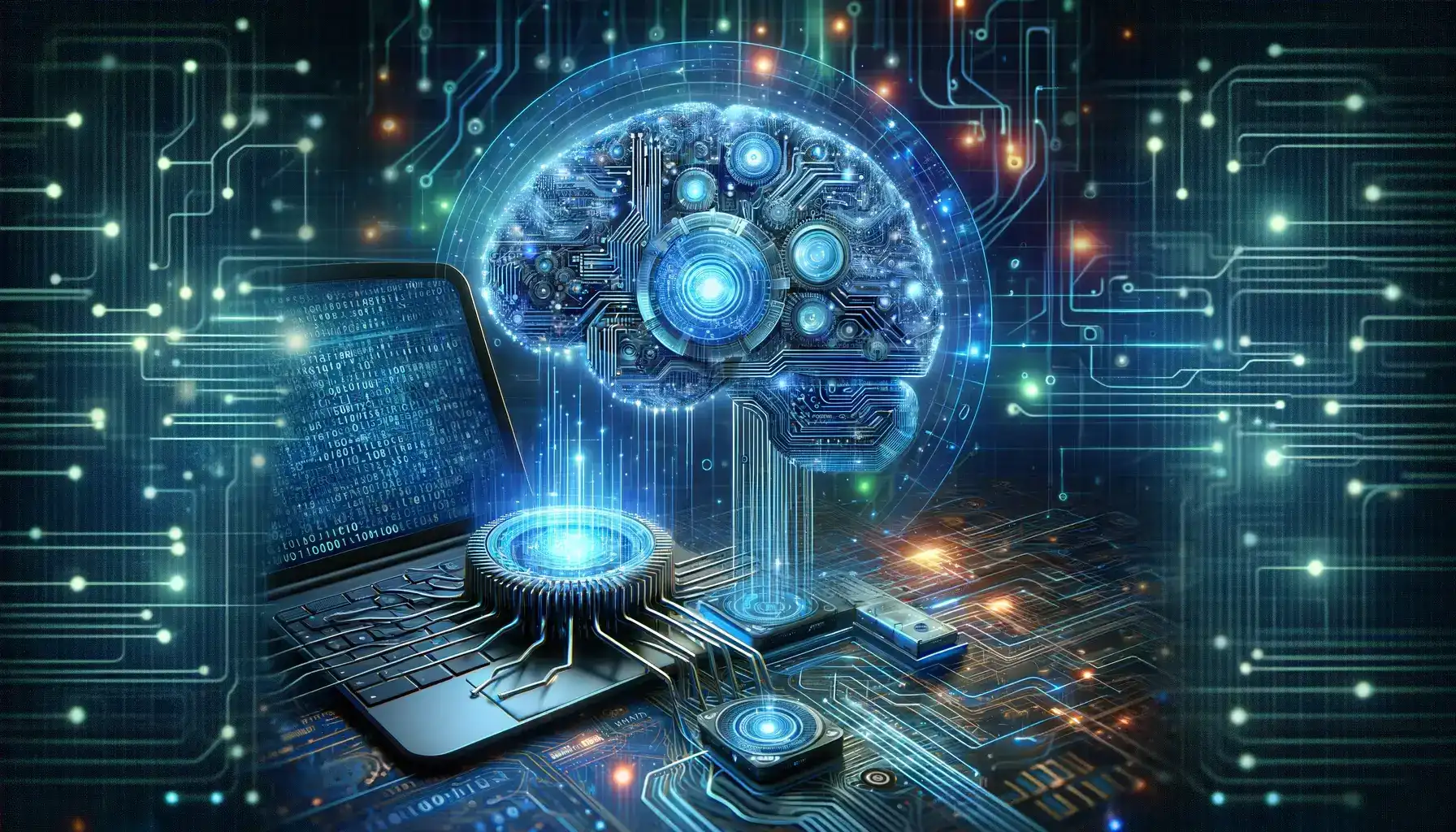Artificial intelligence (AI) isn’t some spooky magic trick pulled from a sci-fi movie. It’s a complex field, yes, but at its core, it’s about building intelligent machines that can perform tasks typically requiring human smarts. To truly understand AI, however, we need to break it down into its essential building blocks. These are the fundamental abilities that endow AI systems with their impressive capabilities. They are learning, Perception, Reasoning and Decision Making, Problem Solving, and Language Processing.
By combining these core components, AI systems can perform some pretty remarkable feats. They can diagnose diseases, power self-driving cars, and even create works of art. In the following sections, we’ll delve deeper into the fascinating world of AI and explore how these components work together to bring artificial intelligence to life.
Table of Contents
Learning
Learning is the cornerstone of artificial intelligence. It’s the process by which AI systems ingest information, extract knowledge, and continuously improve their abilities. Imagine a child learning to ride a bike. Through trial and error, they refine their movements and develop the skills needed to maintain balance and navigate the terrain. Similarly, AI systems learn through various techniques, and these advancements are constantly evolving. These techniques are:
- Machine Learning
- Deep learning
- Reinforcement Learning
AI systems can learn from data. They can process vast amounts of information, identify patterns, and use those patterns to make predictions or decisions on new, unseen data, as per their algorithm. The constant evolution of learning algorithms is a driving force behind AI’s progress. As AI systems are exposed to more data and more sophisticated learning techniques, their capabilities continue to expand at an astonishing rate. This ongoing process of learning is what allows AI to tackle increasingly complex tasks and push the boundaries of what’s possible.
Perception
Imagine navigating a busy street without your senses. It would be a chaotic mess, right? Just like us, AI systems need the ability to perceive the world around them to function effectively. Perception in AI refers to the process of gathering and interpreting information from the environment. This information can come from various sources, and AI has developed impressive skills in processing it all.
Here’s how AI perceives the world:
- Machine Vision
- Speech Recognition
- Sensor Data Analysis
The ability to perceive the world around them is crucial for intelligent beings, and AI is no different. Perception is an active area of research in AI. As sensor technology continues to improve and algorithms become more sophisticated, AI’s ability to perceive the world will become increasingly nuanced and human-like. This enhanced perception opens doors for even more groundbreaking applications of AI in various fields.
Reasoning and Decision Making

Artificial intelligence isn’t just about perception and learning mountains of data. It’s also about using that information intelligently – which is where reasoning and decision-making come in. Think of it as the brainpower behind the machine muscle. AI systems leverage these capabilities to analyze situations, weigh options, and arrive at logical conclusions or courses of action. Here’s how AI tackles the challenges of reasoning and decision-making:
- Logical Reasoning
- Probabilistic Reasoning
- Machine Learning Algorithms
Reasoning and decision-making are complex areas in AI research. While AI has made significant strides, there’s still a gap to bridge in mimicking the nuanced and intuitive decision-making capabilities of the human brain.
Problem Solving
Life loves throwing curveballs, and AI is no exception. When faced with obstacles or complex situations, problem-solving skills are essential. AI systems can leverage various techniques to analyze problems, identify solutions, and ultimately achieve desired goals. This ability is what allows AI to shine in various fields, from medical diagnosis to logistics and game playing. Here’s a breakdown of how AI tackles problems:
- Search Algorithms
- Heuristics
- Machine Learning Techniques
- Constraint Satisfaction
Problem-solving is a rapidly evolving field in AI research. As AI systems are exposed to more complex problems and vast amounts of data, their problem-solving abilities are constantly improving. This progress allows AI to tackle increasingly challenging tasks and contribute to groundbreaking solutions in various fields.
Language Processing

Imagine a world where machines can understand our language as fluently as we do. That’s the dream of language processing in AI, and it’s rapidly becoming a reality. This branch of AI equips machines with the ability to understand, interpret, and even generate human language. This superpower unlocks a world of possibilities, from chatbots that can answer your questions to machine translation that breaks down language barriers. So, how does AI achieve this seemingly magical feat? It is done via:
- Natural Language Understanding (NLU)
- Speech Recognition
- Natural Language Processing (NLP)
- Natural Language Generation (NLG)
- Conversational AI
- Multilingual capabilities
Language processing is opening doors for more natural and intuitive interactions between humans and machines. As AI’s grasp of language continues to evolve, we can expect even more groundbreaking applications that will transform the way we communicate and interact with technology.
To catch the blog in motion, watch the video below:
This is just the beginning of the AI journey. As AI continues to evolve, we can expect even more remarkable breakthroughs. Imagine AI systems that can diagnose diseases with unprecedented accuracy, personalize education to fit individual learning styles, or even create art that rivals human masterpieces. The possibilities are truly endless. By delving into the core components of AI – learning, perception, reasoning, problem-solving, and language processing – we’ve gained a deeper understanding of how machines are learning to think, perceive, and interact with the world around them. So, the next time you interact with a virtual assistant or witness the impressive capabilities of self-driving cars, remember the building blocks that make it all possible – the fascinating world of artificial intelligence.
Also Read: 7 stages of Artificial Intelligence

